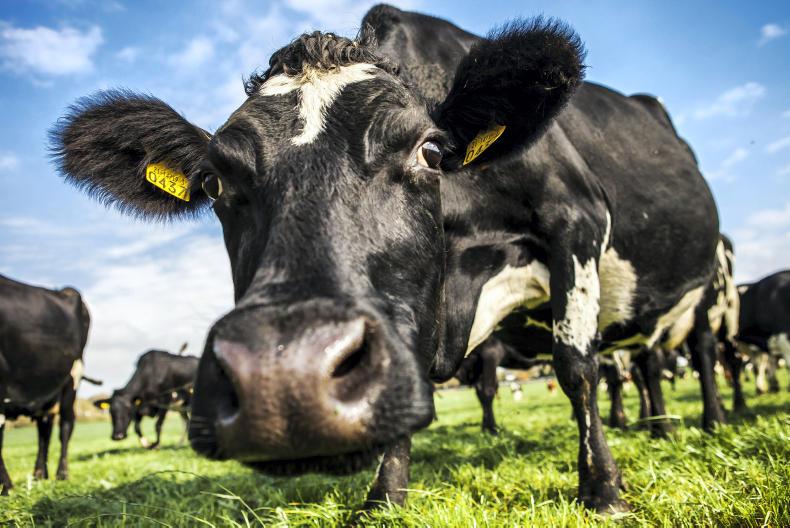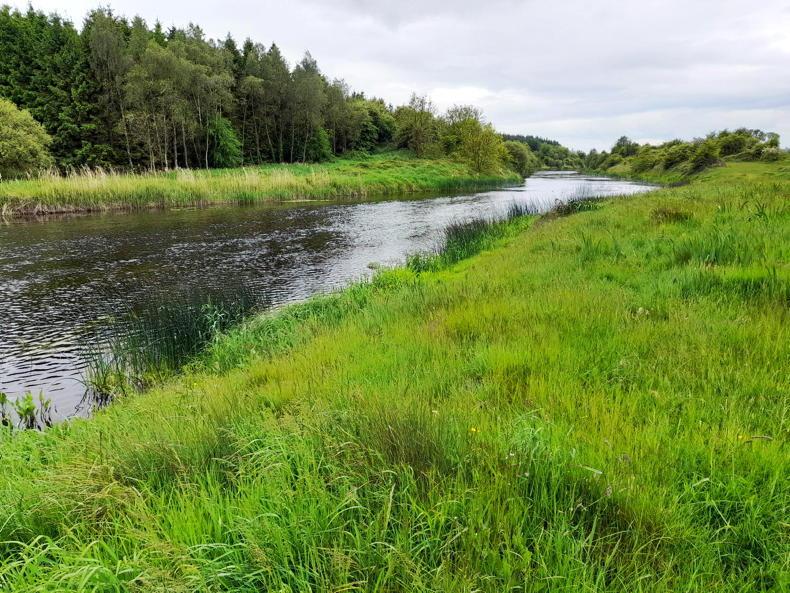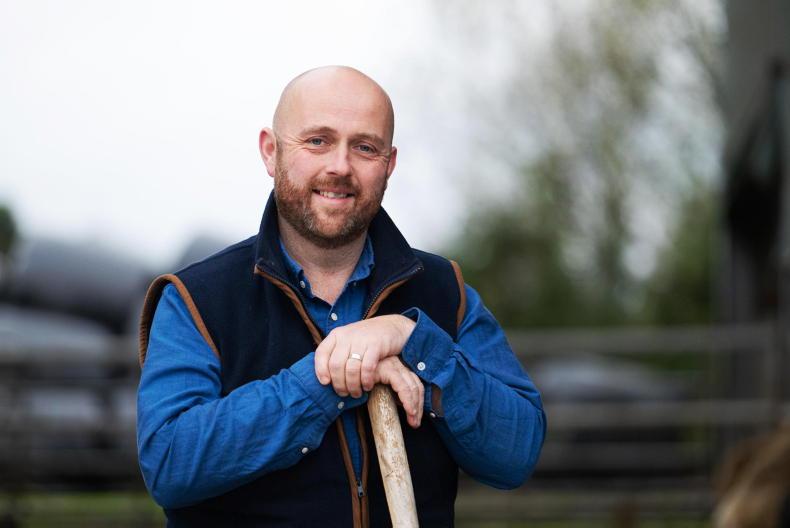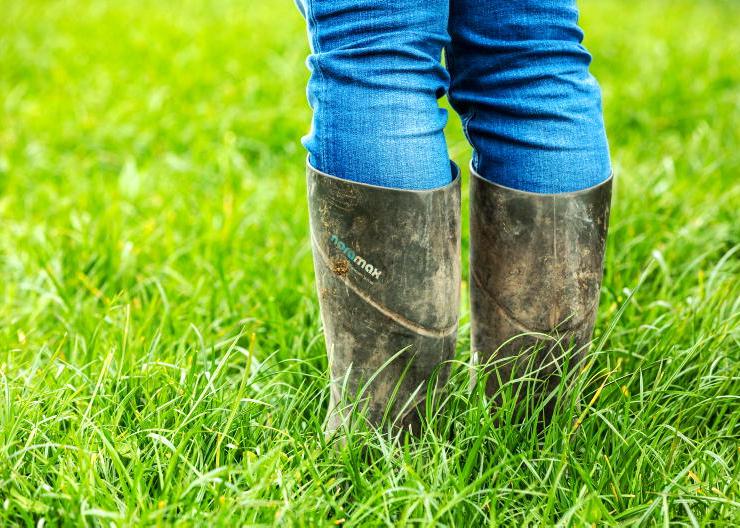In farming, like sport, it’s important to know when you’re beaten. Farmers with less than 50% of the farm grazed and high covers on the rest are never going to catch up now.
Growth rates have been over 20kg/day for the week up to last Tuesday, and are probably over 30kg/day for the past few days. These farms are already in a grass surplus scenario, whether they know it or not.
My advice is to leave the high covers and commence grazing on the all the lowest covers. If you keep grazing the highest covers you will slow the rotation length down further and make the problem worse.
The objective should be to minimise the area closed for silage in the next rotation. This is because if you have a reasonably high stocking rate it’s too early to have a large part of the farm closed in early April.
April can be a tricky month for grass growth and ground conditions, so keeping your options open is prudent. The point is, you may well be closing paddocks for silage in April if growth is good, but it’s too early to predict that now.

Keep an eye on the long-range forecasts for rainfall and wind direction.
If all is going well and you plan to start the second rotation in early April and if the farm is stocked at three cows/ha then you should have an average farm cover of around 700kg/ha today. This is based on growth averaging 30kg/day over the next 14 days to 4 April.
If demand is 45kg/day (15kg/cow x 3 cows/ha) then average farm cover will drop by 15kg/day. If the target is to have an average farm cover of 500kg/day on 4 April, then it needs to be 210kg/ha higher today (15kg/day x 14 days).

Read more
Grass+: getting grazing back on track
In farming, like sport, it’s important to know when you’re beaten. Farmers with less than 50% of the farm grazed and high covers on the rest are never going to catch up now.
Growth rates have been over 20kg/day for the week up to last Tuesday, and are probably over 30kg/day for the past few days. These farms are already in a grass surplus scenario, whether they know it or not.
My advice is to leave the high covers and commence grazing on the all the lowest covers. If you keep grazing the highest covers you will slow the rotation length down further and make the problem worse.
The objective should be to minimise the area closed for silage in the next rotation. This is because if you have a reasonably high stocking rate it’s too early to have a large part of the farm closed in early April.
April can be a tricky month for grass growth and ground conditions, so keeping your options open is prudent. The point is, you may well be closing paddocks for silage in April if growth is good, but it’s too early to predict that now.

Keep an eye on the long-range forecasts for rainfall and wind direction.
If all is going well and you plan to start the second rotation in early April and if the farm is stocked at three cows/ha then you should have an average farm cover of around 700kg/ha today. This is based on growth averaging 30kg/day over the next 14 days to 4 April.
If demand is 45kg/day (15kg/cow x 3 cows/ha) then average farm cover will drop by 15kg/day. If the target is to have an average farm cover of 500kg/day on 4 April, then it needs to be 210kg/ha higher today (15kg/day x 14 days).

Read more
Grass+: getting grazing back on track












SHARING OPTIONS